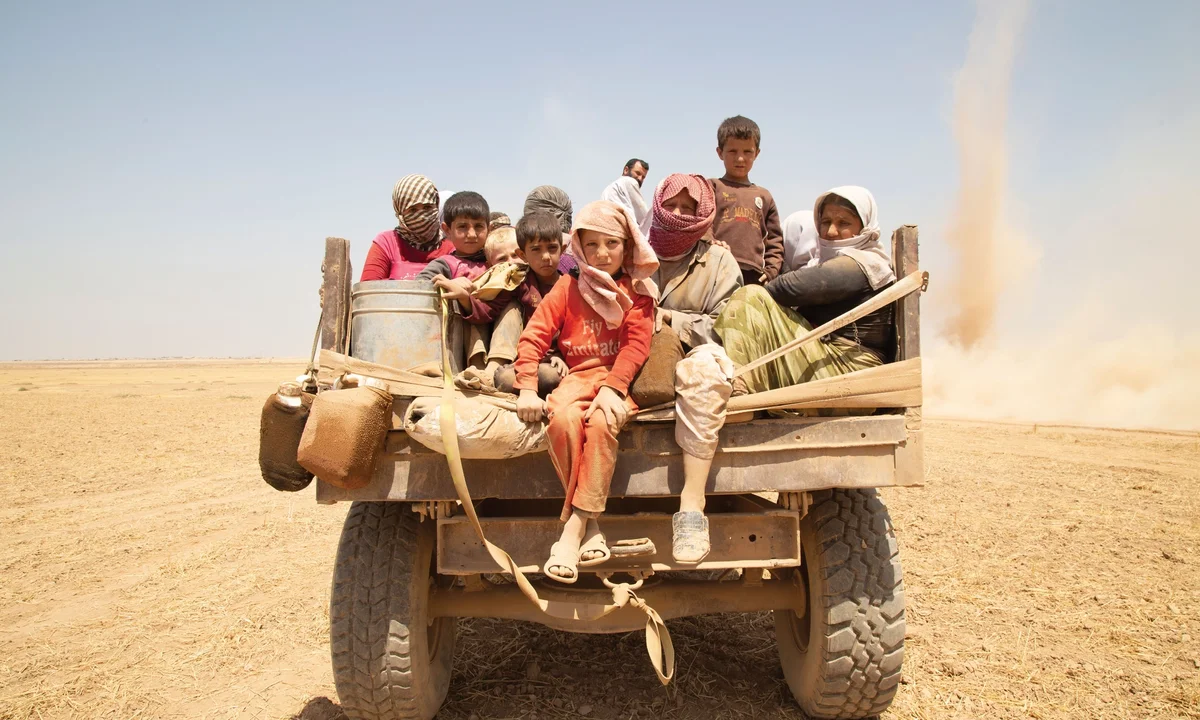The Şengal massacre took place within the first days of ISIS’s1 capture of the town in 2014. More than 2,000 Ezîdî men were killed and thousands of abducted women and girls were sexually enslaved and sold through networks in complicit local states. ISIS’s terrorization of the predominantly Ezîdî city caused some 400,000 Ezîdîs to flee, living in IDP camps or in neighboring and European states. Many have not yet returned to their home towns or villages.
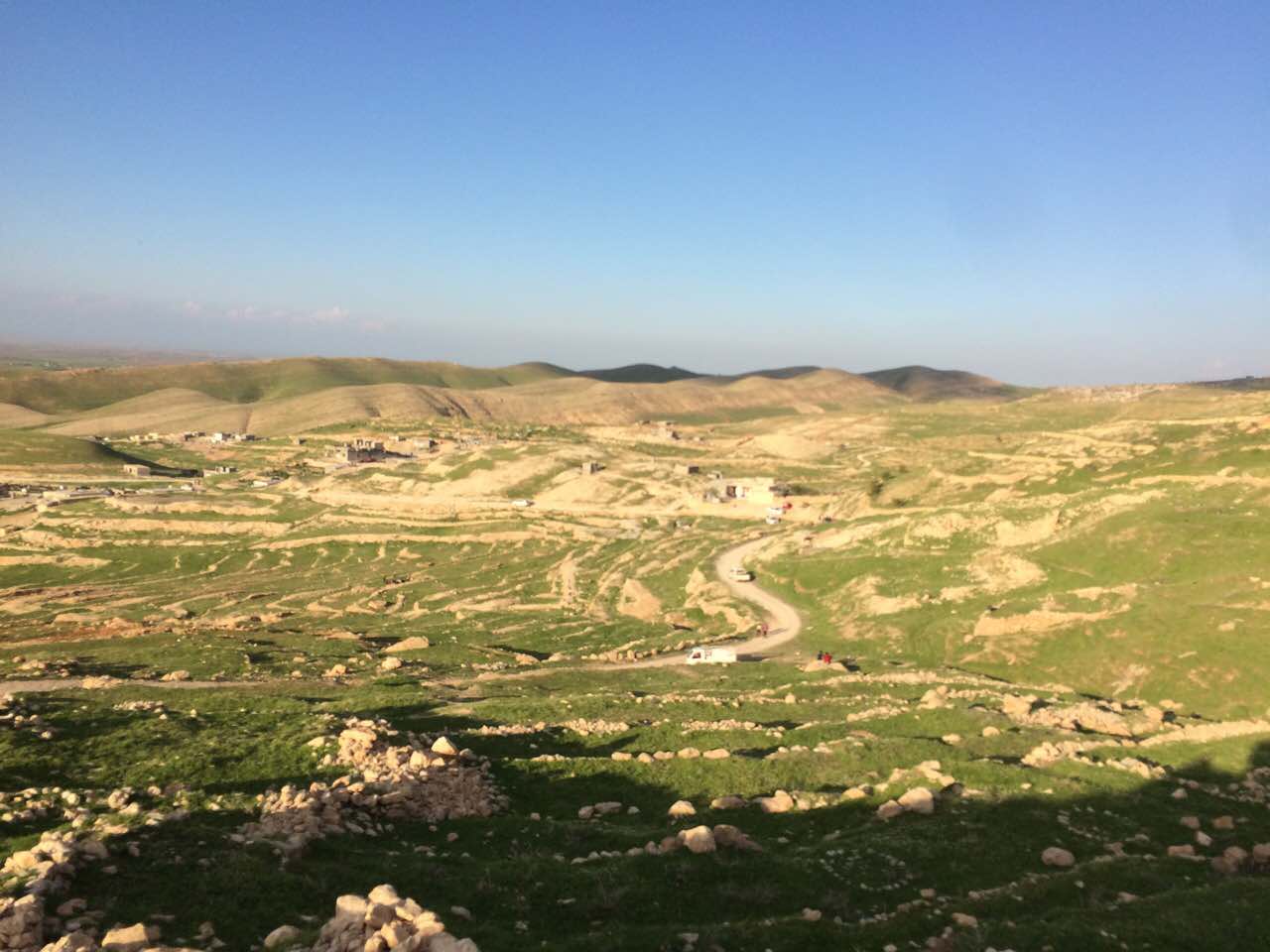
Over the course of three years, the ISIS militia carried out numerous attacks against the Ezîdîs. Many civilians have been executed and denied religious burials. Documented evidence, testimonies of survivors and confessions of perpetrators paint a grim picture of genocide – illustrating extreme torture, violence and dehumanization based on religious and gender discrimination against the minority group.
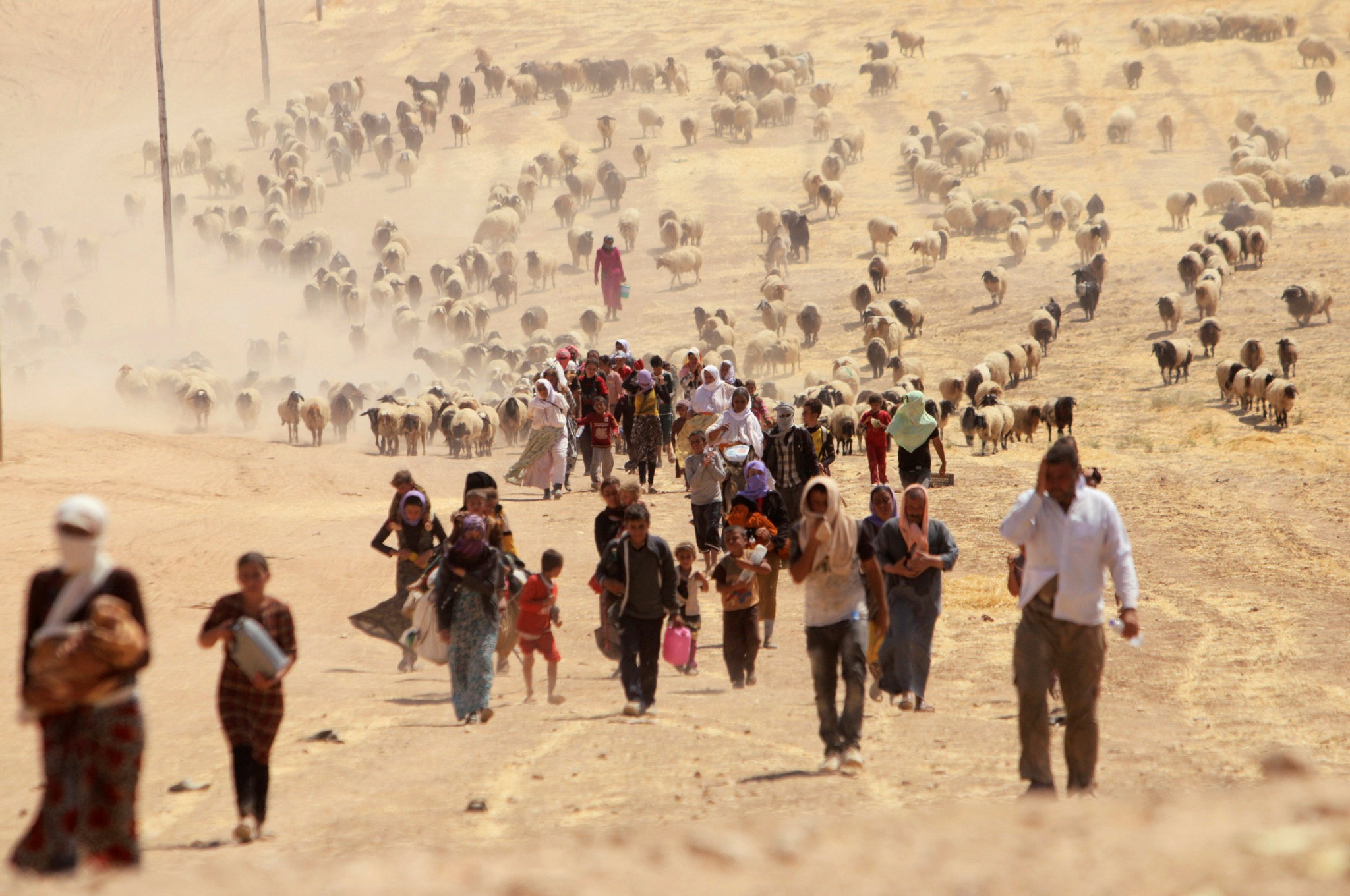
Forced conversions to Islam were a widespread method of abuse during this period, and many Ezîdîs who refused to denounce their faith were slaughtered and buried in unmarked mass graves. These mass graves are still being uncovered, slowly piecing together the community’s unanswered questions and grief.
In the face of extreme atrocities, a coalition of political, ethnic and religious groups in the region took up arms against ISIS. The PKK’s armed wings HPG2 and YJA Star3 were the first, along with the YPG & YPJ4, to open and protect a corridor to northeastern Syria (also known as Rojava) for Ezîdîs seeking asylum.
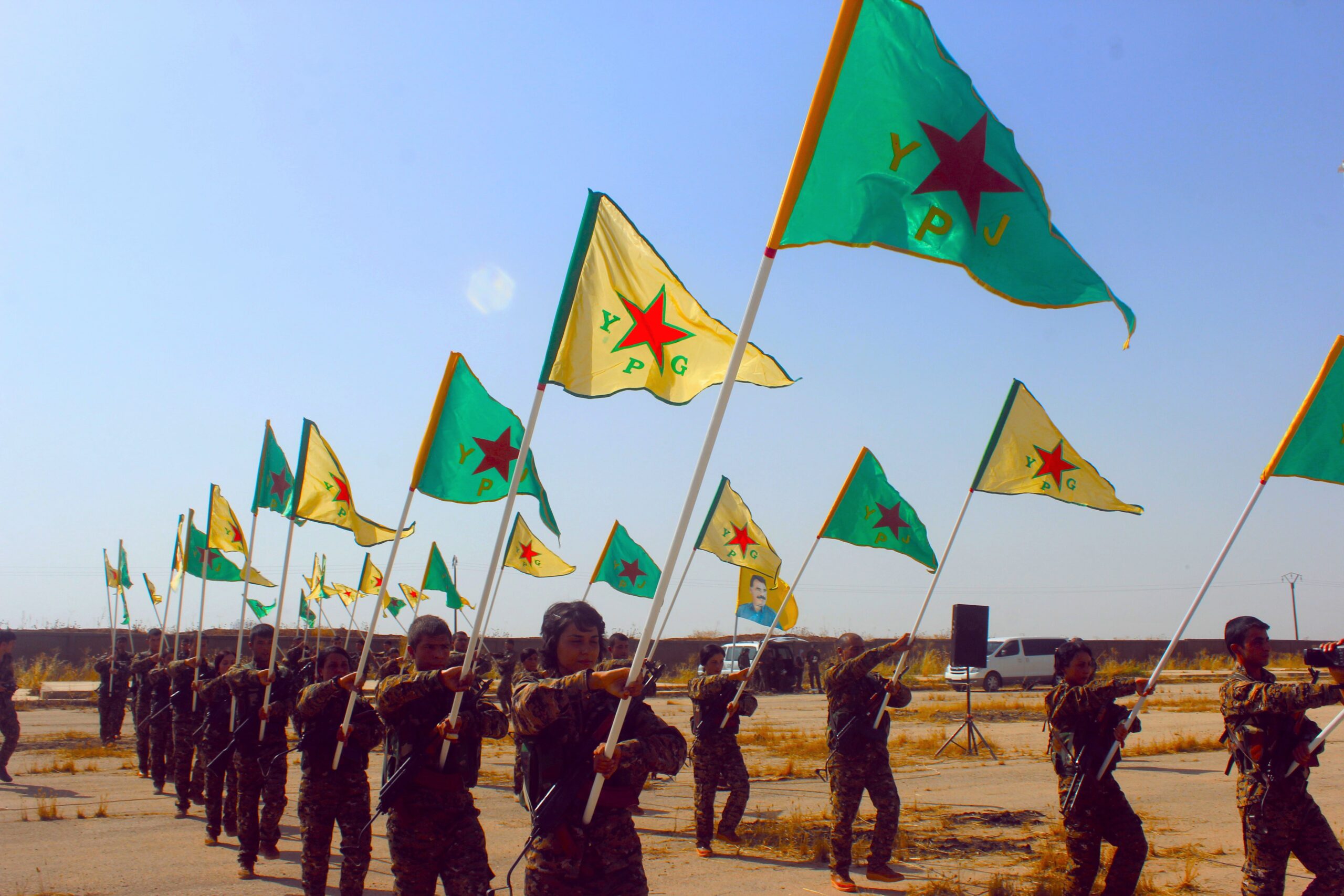
A new court case recently accused the KDP5 of direct complicity in the 2014 genocide. After the Iraqi army withdrew from Şengal, the KDP forces promised the local population that they would stay to resist the advance of ISIS. However, a few days before the arrival of ISIS, all the KDP troops withdrew, confiscating the weapons that the Ezîdî had collected to protect themselves. This situation of betrayal directly paved the way for the beginning of the physical genocide carried out by the ISIS militias.
Within the region and around the world, the Ezîdî maintain a strong sense of survival and perseverance. Methods of community preservation range from the development of armed protection units, to the establishment of a new autonomous administration, to cultural and commemorative initiatives. Several militias played a role in the liberation of Şengal and the protection of its population, including the early Şengal Resistance Units (YBŞ) and the Êzîdxan Women’s Units (YBJ), formed in response to the 2014 massacre.
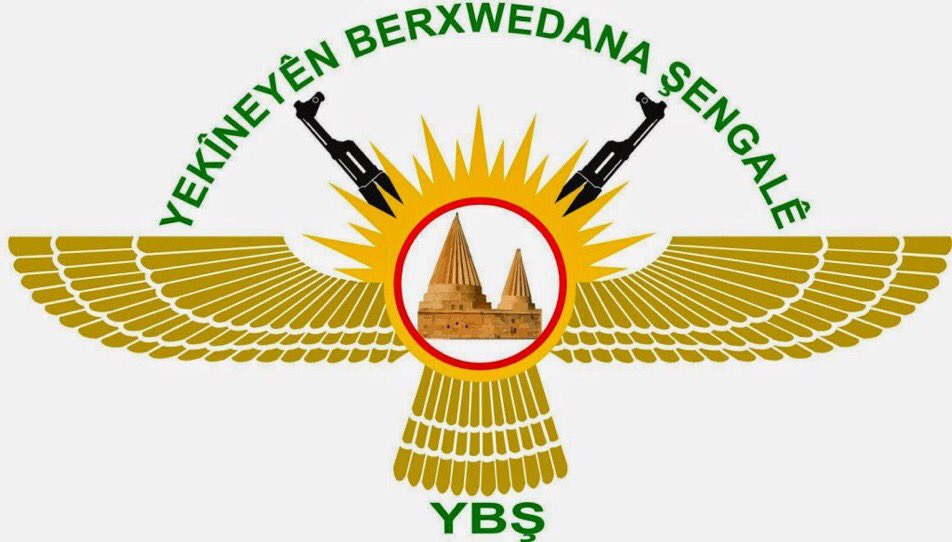
To mark the 10th anniversary of the genocide perpetrated by the Islamic State against the people of Şengal, this article is the first in a series of three about the Ezîdîs people.
Ronahî – Youth Center for Public Relations.
1. ISIS: ‘Islamic State in Iraq and Syria’
2. HPG: Hezên Parastina Gel : People’s Protection Forces
3. YJA Star: Yêketîya Jinên Azad : The Free Women Unit
4. YPG / YPJ: Yekîneyên Parastina Gel: The People’s Defense Units & Yekîneyên Parastina Jin: Women’s Protection Units
5. KDP: ‘Kurdistan Democratic Party’ Barzani’s Party

